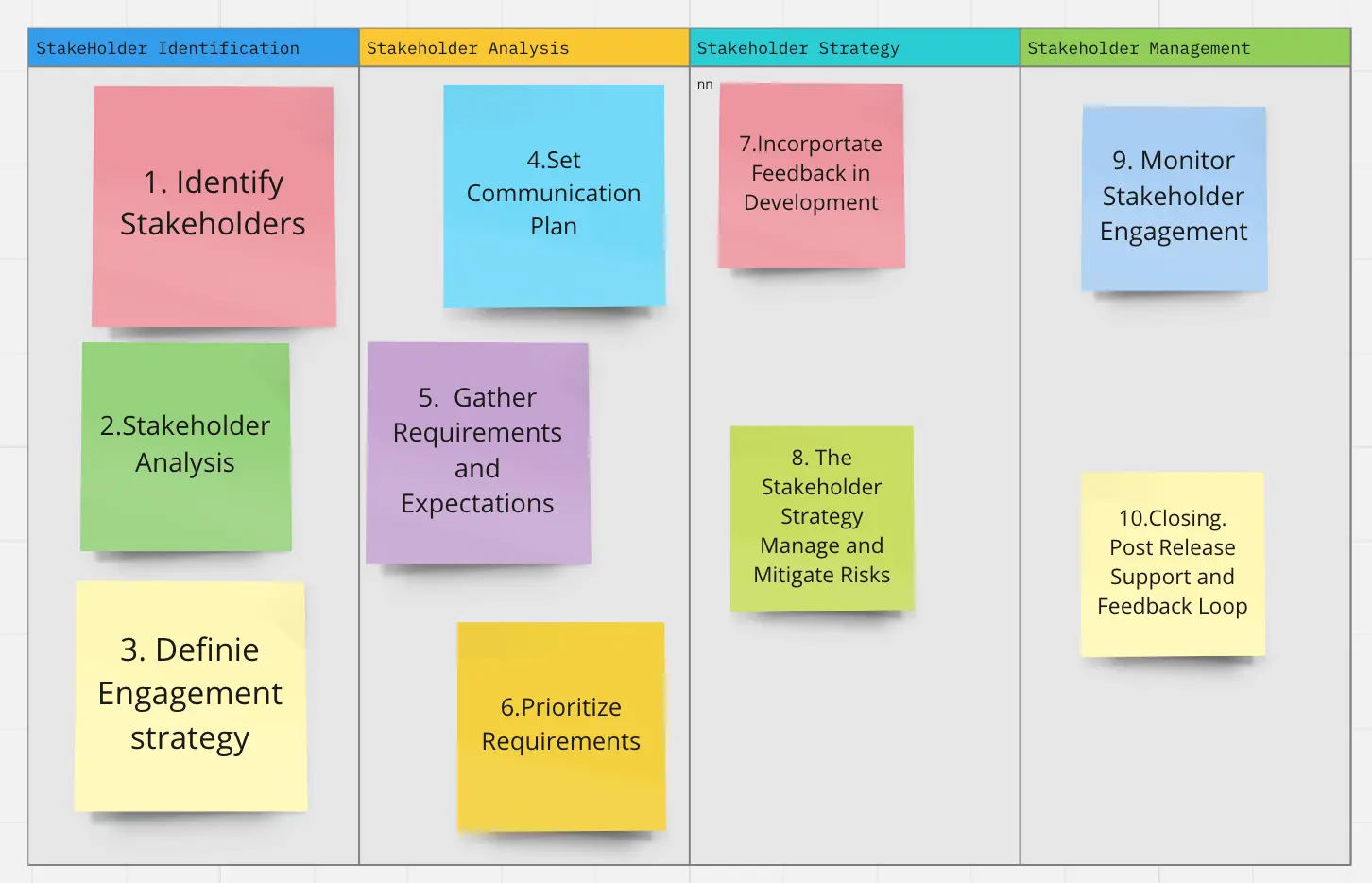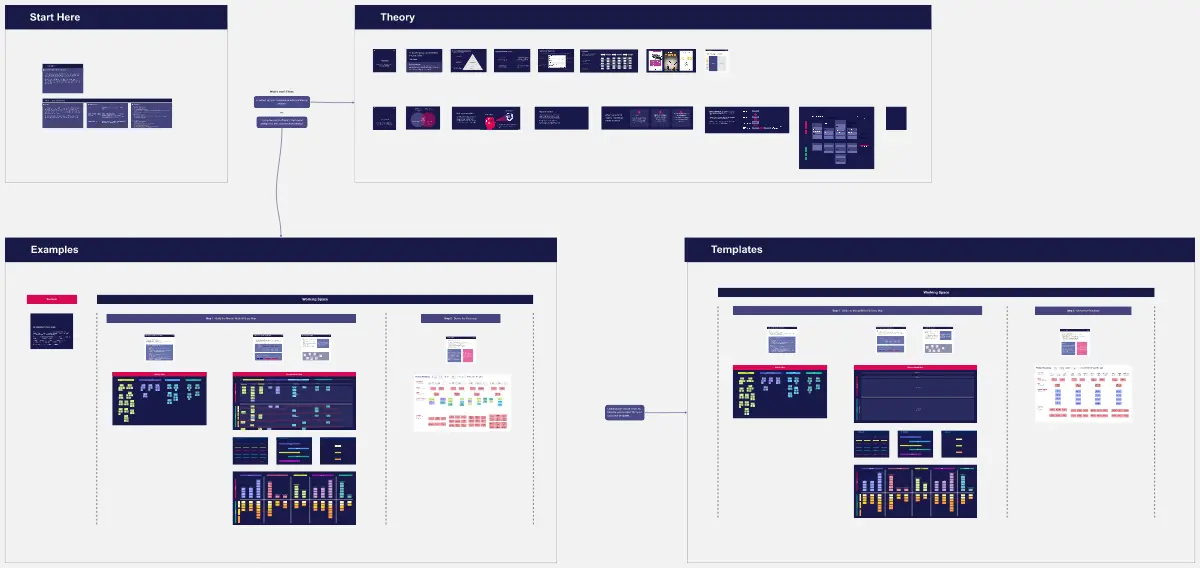Refine & Thrive: Agile Idea Flow
1. Initial Review of the Proposal
Understanding the Idea: When a stakeholder presents an idea, the first step is to understand its essence, purpose, and intended value.
Initial Assessment: Perform a quick evaluation to see if the idea aligns with the project's goals and scope.
2. Criteria for Evaluation
Alignment with Project Vision and Goals: Check if the idea aligns with the overall vision and objectives of the project.
Feasibility and Resource Requirements: Assess technical feasibility, resource availability, and the potential impact on the project timeline.
Value to the Customer/User: Determine the potential value or benefit the idea would bring to the end-users.
Risk Assessment: Evaluate any risks or dependencies associated with implementing the idea.
3. Stakeholder Engagement
Discussion with Stakeholders: Organize a meeting with the stakeholder to discuss the idea in detail, addressing any questions or concerns.
Feedback Loop: Ensure there is a feedback loop where stakeholders can be kept informed about the decision-making process.
4. Backlog Refinement Meeting
Inclusion in Refinement Agenda: If the idea passes the initial review, include it in the agenda for the next backlog refinement meeting.
Team Evaluation: Allow the development team to evaluate the idea in terms of implementation complexity and effort estimation.
Prioritization Discussion: Discuss where the item fits in the product backlog priority, considering current commitments and sprint goals.
5. Decision Making
Consensus Building: Aim for a consensus among team members, the Product Owner, and stakeholders.
Acceptance Criteria: Define clear acceptance criteria for the idea to be considered viable.
Final Decision: The Product Owner makes the final decision to accept or reject the idea based on team input and overall project strategy.
6. Communication of Decision
Transparent Communication: Communicate the decision and its rationale to the stakeholder and the team.
Feedback to Stakeholder: Provide constructive feedback to the stakeholder, especially if the idea is rejected, explaining the reasons and possible future considerations.
7. Documentation and Tracking
Recording in Backlog: If accepted, add the item to the product backlog with appropriate details and priority.
Updating Roadmaps and Plans: Reflect any changes in the project roadmap and sprint plans.
8. Review and Adaptation
Continuous Monitoring: Continuously monitor the progress and impact of the implemented idea.
Adaptation Based on Feedback: Be open to revisiting the decision if new information or feedback emerges.
Tools and Resources
Collaboration Tools: Tools like JIRA, Confluence for managing backlog items and facilitating communication.
Decision-Making Frameworks: Utilize frameworks like Cost-Benefit Analysis or SWOT Analysis for thorough evaluation.
Communication Platforms: For discussions with stakeholders and team meetings (e.g., Slack, Microsoft Teams).
Categories
Similar templates





